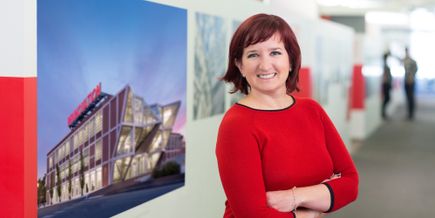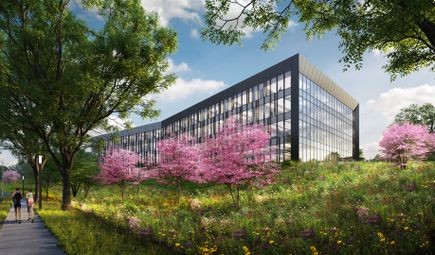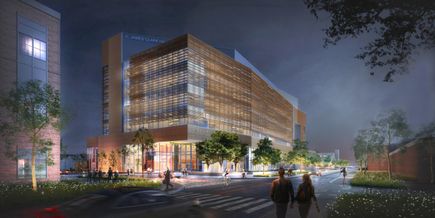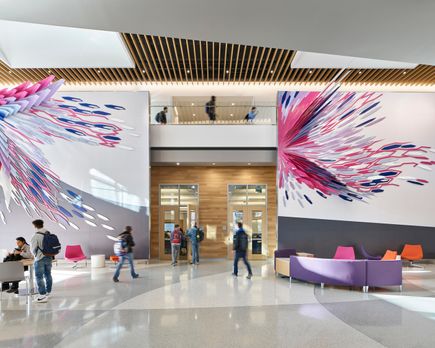Seeing the Light
Share
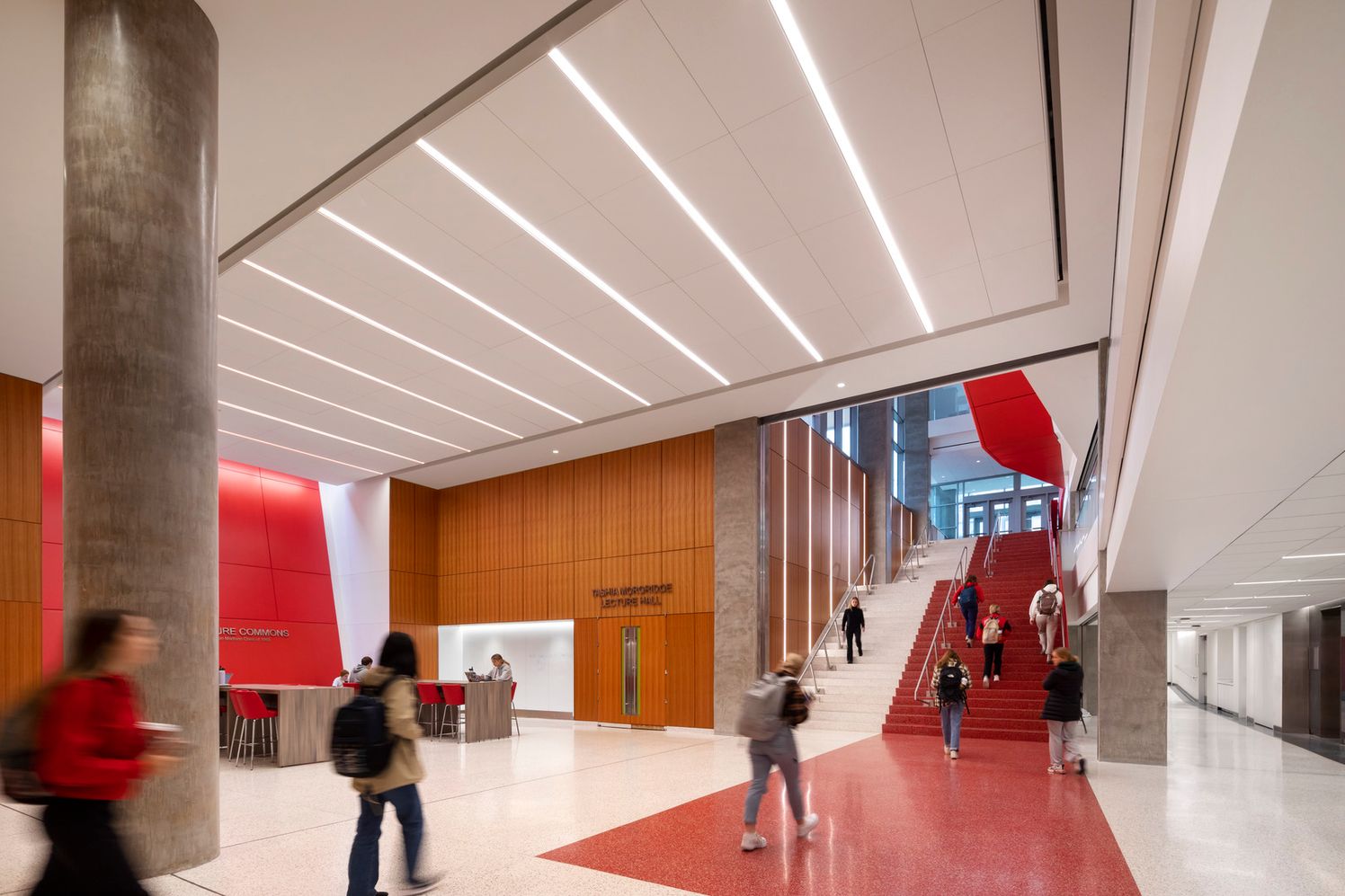
From torchlight to kerosene lamps to LEDs, the evolution of light reflects civilization’s progress. At Ballinger we tackle every project with curiosity, a curiosity that encompasses not just future trends, but also the past. In a recent presentation, Ballinger Associate Thomas Schubert, PE contextualized the role of today’s electrical engineer within the history of light, light’s role in accentuating architecture, and lighting’s potential to improve the wellbeing of building users.
While visitors may not be thinking of the electromagnetic spectrum when they enter a building, we know light has a big impact on their experience.
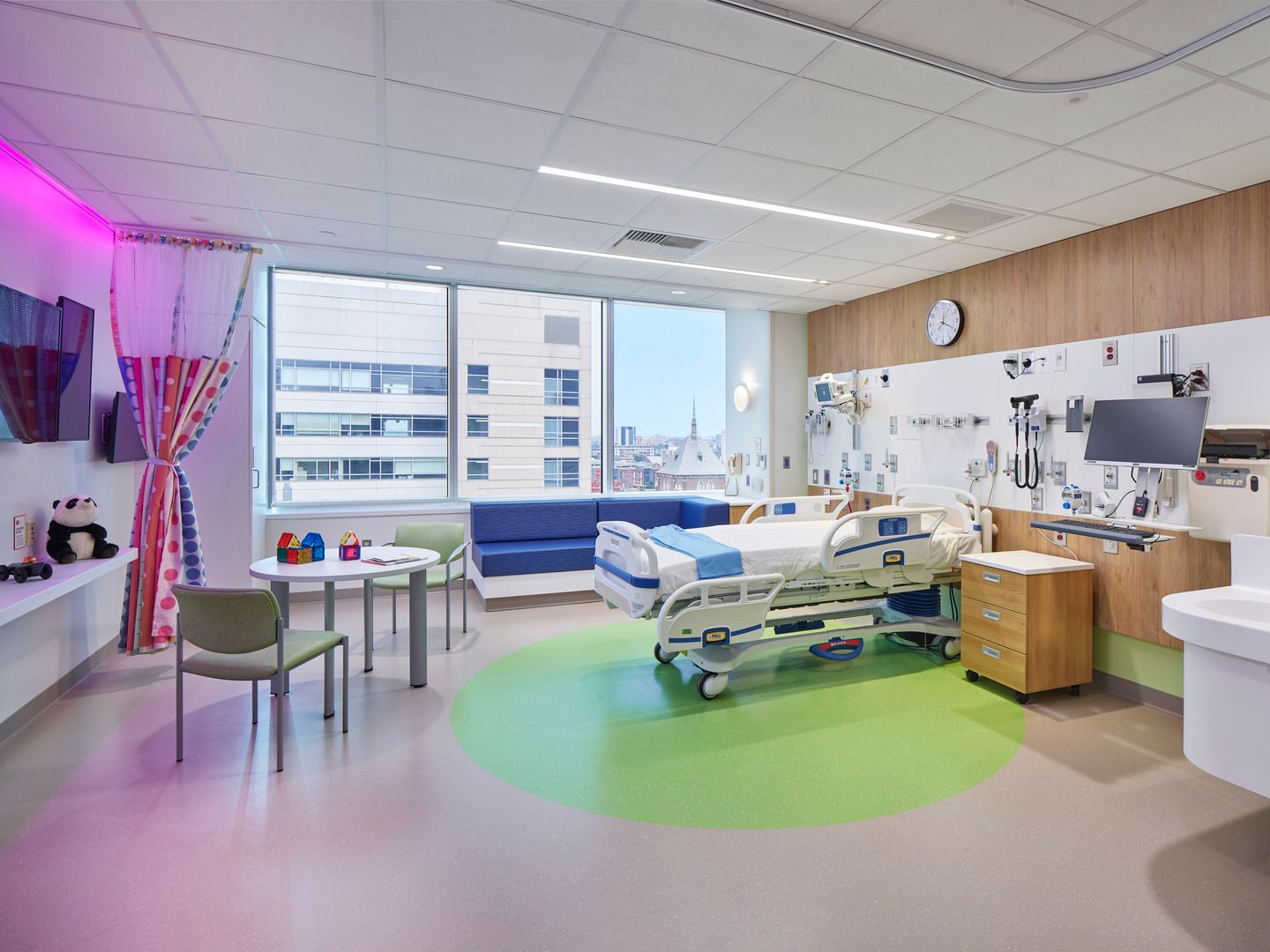
Recently built inpatient floors at Children’s Hospital of Philadelphia feature a circadian lighting system with controls that allow tuning of the color temperature.
“Lighting is important,” says Thomas. “We work hand-in-hand with lighting consultants to ensure every space, from the laboratories to the basement hallways, has the proper amount of light for user comfort and are controlled to meet energy codes.”
The user’s experience of light within our buildings is an example of our practice’s interdisciplinary expertise – our architects design facades that allow natural light to enter a building and our engineers design electrical systems that power and control the complementary artificial lighting. From regulating melatonin cycles and general efficiency in the workplace, to wayfinding in an emergency, there are a variety of ways light and architecture impact building occupants. For instance, designers often create lines of light that draw people’s eyes towards points of focus. Or they add lighting to accent structural and interior design features, highlighting what makes a building special. Thomas considers lighting the seasoning and spice that enhances the architectural meal. “If you have the right amount of light in the right places, it allows the building to really pop, to really shine.” he said. Electrical engineering enables that sparkle, powering the lights and providing the controls that allow occupants to thrive in a space.
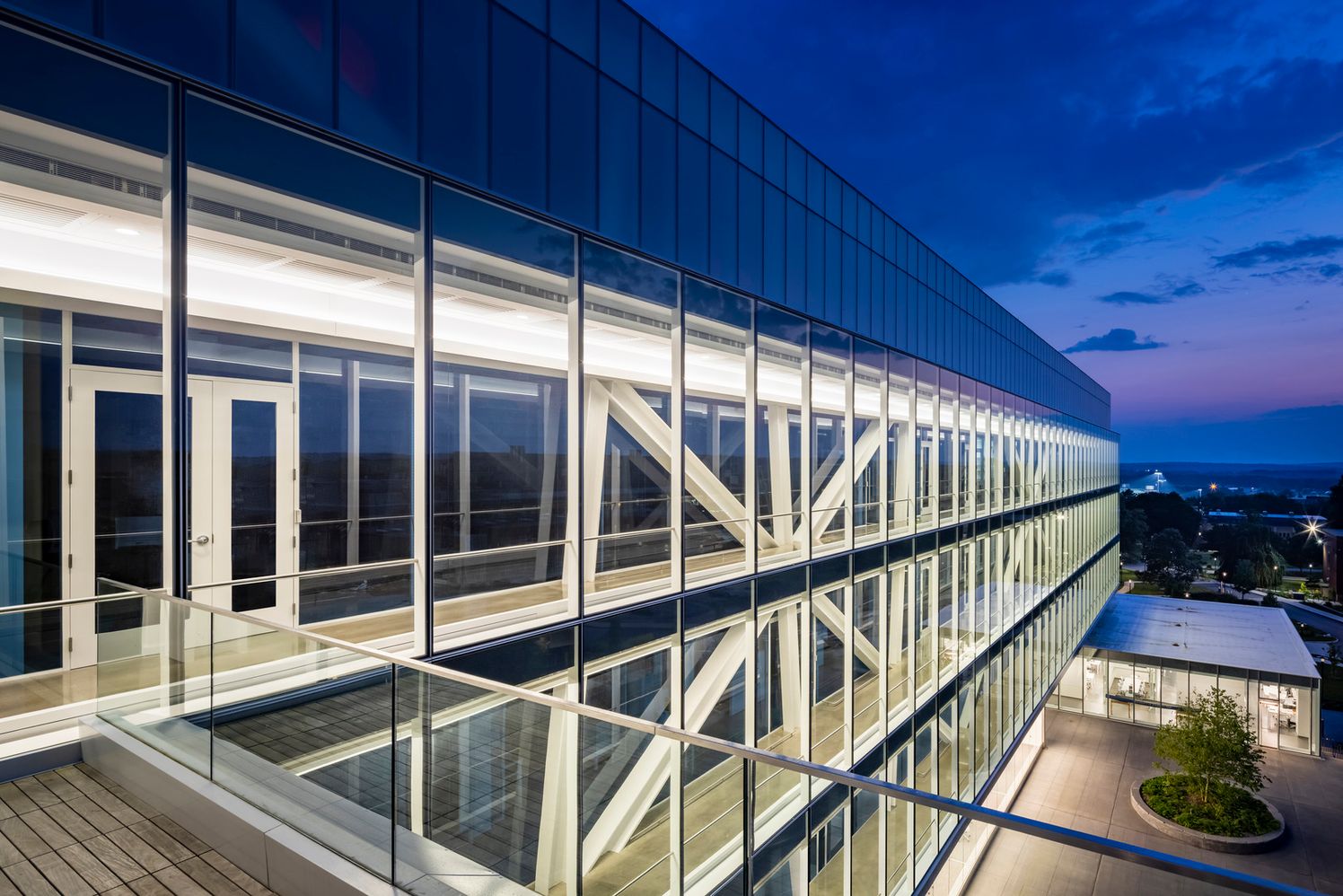
The lighting at the University of Rhode Island’s Fascitelli Center for Advanced Engineering highlights the building’s steel trusses, communicating the engineering program within.
